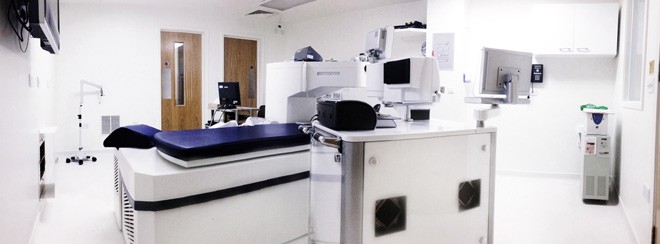
Cataract Eye Surgery Through the Ages
Cutting edge medical procedures like laser cataract surgery have come a very long way from their ancient origins. Yet, over 4000 years ago, our ancestors had crude techniques to improve the sight of people suffering from chitta motia (the modern Urdu word for cataracts, literally translated as “white blindness”).
With a third of all adults over 65 developing cataracts in the UK, this is a condition which affects us all. Whether you’ve undergone cataract surgery yourself, know someone who has, or simply find the history of modern medicine fascinating, this post will introduce you to the often life-threatening procedures our ancestors underwent to cure their cataracts.
The Babylonians
For many centuries we have no written record of cataract eye surgery. Yet many historians believe that the ancient Babylonian civilization performed a basic kind of surgery to remove cataracts before 2000BC. If this culture did perform this type of procedure, it would have involved pressing and rubbing the cataracts with the fingers, with the goal of dislodging and breaking them up to improve vision. This is the earliest record of the technique known as “couching” which results in the cataractous lens breaking away from its housing and falling into the back of the eye – for more see below under “Ancient India”.
Ancient Japan
Around 2000BC, ancient Japanese surgeons had impressively advanced tools, thanks to their civilisation’s gift for metallurgy. With very fine needle knives and canulae made from gold, this culture had the ability to suck out the contents of liquefied cataracts (also known as hypermature cataracts). Whether this potential was ever realised is unknown as no written record of the procedure remains.
The Bible
The very first written record we have of cataract eye surgery is found in the pages of the Bible in the Book of Tobbit, also found in fragments of the Dead Sea Scrolls. In this religious text Tobbit develops cataracts in later life, blaming their development on sleeping outside beneath the roost of a flock of birds. The whiteness of the bird droppings which fell on his face clearly mirrored the whiteness of Tobbit’s cataracts. To get rid of them he performed a self-couching procedure:
“And when his eyes began to smart, he rubbed them; And the whiteness piled away from the corners of his eyes: and when he saw his son he fell upon his neck”
Ancient India
The next written record of a cataract ‘surgery’ comes from Susruta, a surgeon hailing from the modern Indian province of Kerala in around the 6thCentury BC. His writings record a procedure known as “couching”, very similar to the cataract eye surgery some believe the ancient Babylonians once used. This time, however, the process used fine surgical implements to cut and displace the cataract, shifting it from the pupil to the vitreous gel of the eye.
In some cases this surgery would leave the cataract intact. This is now known as intra-capsular couching and could result in good, infection-free cases of brighter vision, albeit with some blurriness remaining. In other cases, the cataract ruptured. This is today known as extracapsular couching. In these cases, the procedure would often result in severe inflammation of the eye or uveitis which could cause complete blindness and, in extreme circumstances, even death.
Ancient Greece and Rome
When the Library of Alexandria was destroyed, so too were the many ancient Greek medical and surgical texts which referred to the practice of couching, which was closely related to the method outlined by Susruta. Yet we have good records of the Greek methods thanks to the many surviving Roman texts which describe the practice.
Medieval Islam
When Europe plunged into the Dark Ages, the Arabic and Islamic world took over the development of cataract eye surgery. In Medieval Egypt, ophthalmologist Ammar bin Ali Al Mawsili wrote of using a hollow metal syringe to remove cataracts through suction.
The Enlightenment & Modernity
After Daviel’s first, true extracapsular cataract surgery in Paris in 1748 (which used a needle knife and curved scissors to reach and extract the lens nucleus), a raft of developments carried this originally crude technique all the way up to where laser cataract surgery is today:
- In 1860 Von Graefe developed narrow bladed knives which made the procedure more precise
- In 1884 cocaine anaesthesia made the process less painful
- In 1949 Sir Harold Ridley developed the very first perspex intra-ocular lens
- In the 1950s Barraquer used alpha chymotrypsin to make removing the lens safer and less likely to result in rupture
- In the 1970s John Pearce pioneered a reduced incision microsurgical procedure using operating microscopes.
- Also in the 1970’s Challrs Kelman in New York, developed phacoemulsification an idea he came up with when sitting in his dentist’s chair whilst having his teeth cleaned. The device to clean his teeth was ultrasound made by a company called Cavitron. This inspired him to develop ultrasound technology to remove cataracts through a small incision. This technique revolutionised cataract surgery ushering in the new era that we have presently.
- In 2010 the femtosecond laser previously used for Lasik laser eye surgery was adapted to perform cataract surgery. Lasers today like the VIctus used at Centre for Sight uses online imaging to accurately identify structures within the eye for accurate laser treatment. The precision and improved safety has been a giant leap forward.
Living on the shoulders of others, these great developments and early procedures have in turn led ultimately to the outstanding, fast, painless and highly effective laser cataract surgery we are now lucky to have access to today.
Author Information
Authored by Sheraz Daya MD FACP FACS FRCS(Ed) FRCOphth, Consultant Ophthalmic Surgeon & Medical Director.
